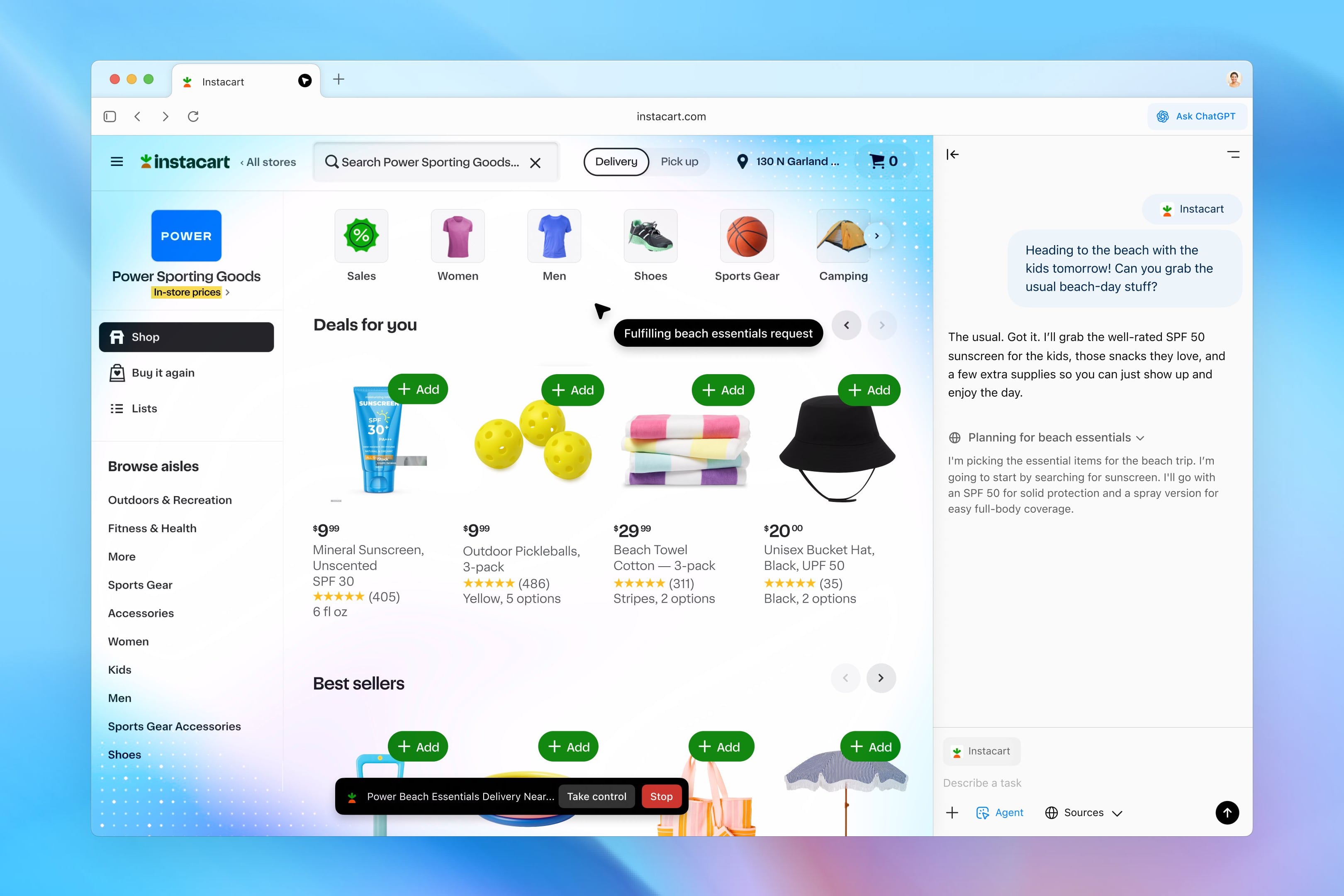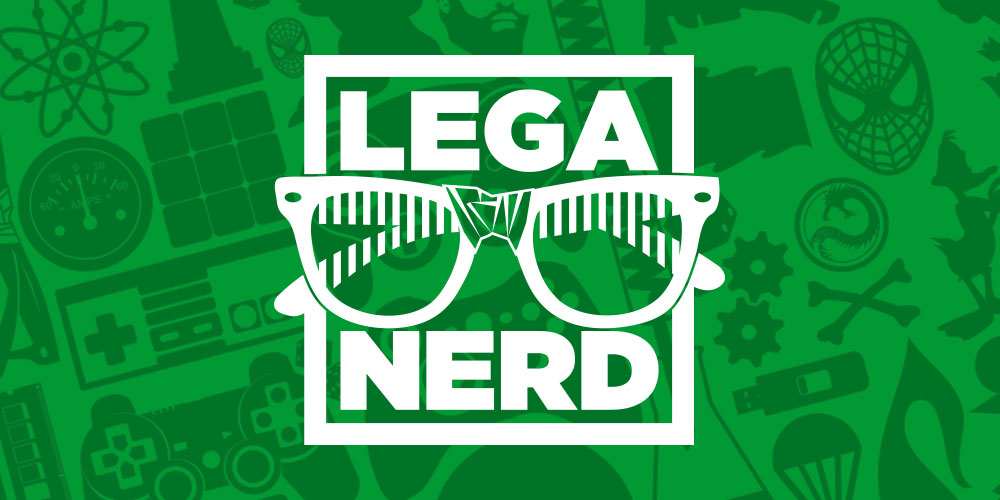Amazon pushes up the accelerator Project Kuiper, initiative for the creation of a constellation of satellites. The giant founded by Jeff Bezos wants to provide a service of satellite internet high performance, competitive with Starlink.
The company announced it had planned well 83 pitchesthanks to a collaboration with Arianespace, Blue Origin and United Launch Alliance – that they will use their rockets to launch satellites into low Earth orbit.
The first goal is the launch of 3,236 satellites over a period of three years, to create a constellation capable of providing high-speed satellite internet services around the world. “Securing multiple partners to enhance our launch capability has always been a key goal of our strategy,” said Rajeev Badyal, VP of technology in Amazon’s Project Kuiper division.
A year ago, Amazon had already bought nine launchers Atlas 5 of the United Launch Alliance The Atlas V is a launch vehicle designed by Lockheed Martin and now built exclusively by ULA; the rocket is not reusable and has two stages, when finished it will measure 58.3 meters. Amazon plans to spend at least $10 billion on its Kuiper project.
The unknown of timing
Amazon will use rockets for the launches Vulcan Centaur Ariana 6 And New Glenn – ULA, Ariane Space and Blue Origin respectively. None of the three launch vehicles has ever completed a mission, which is why it could be several months before we see the first launch of Amazon’s satellites.
Amazon has announced that 38 of the 81 launches will take place using the Vulcan Centaur rocket. Another 18 will use the Ariane 6 rocket and will depart from the European base in French Guiana. Finally, 12 launches will take place featuring the New Glenn from Blue Origin, a company also owned by Jeff Bezos
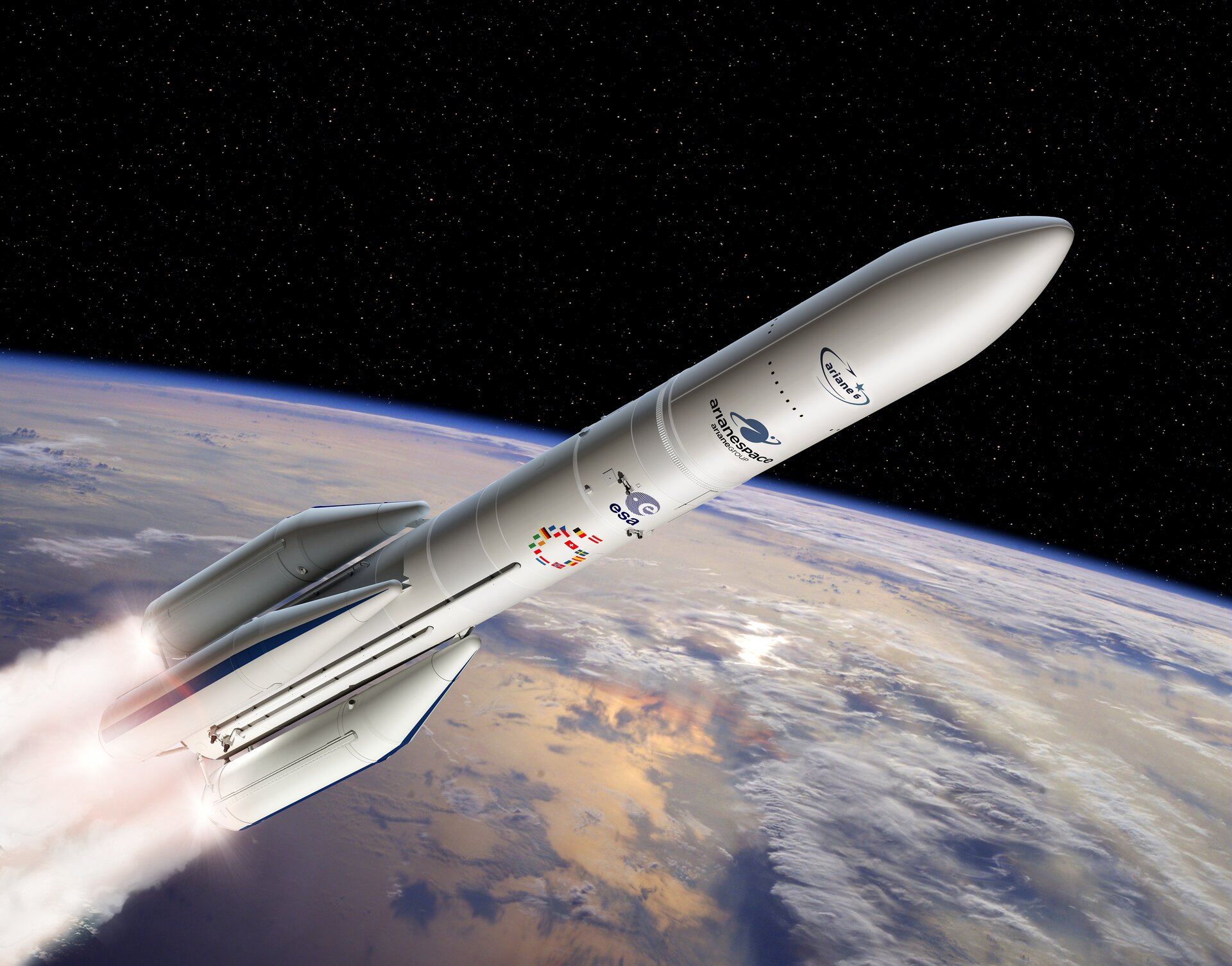
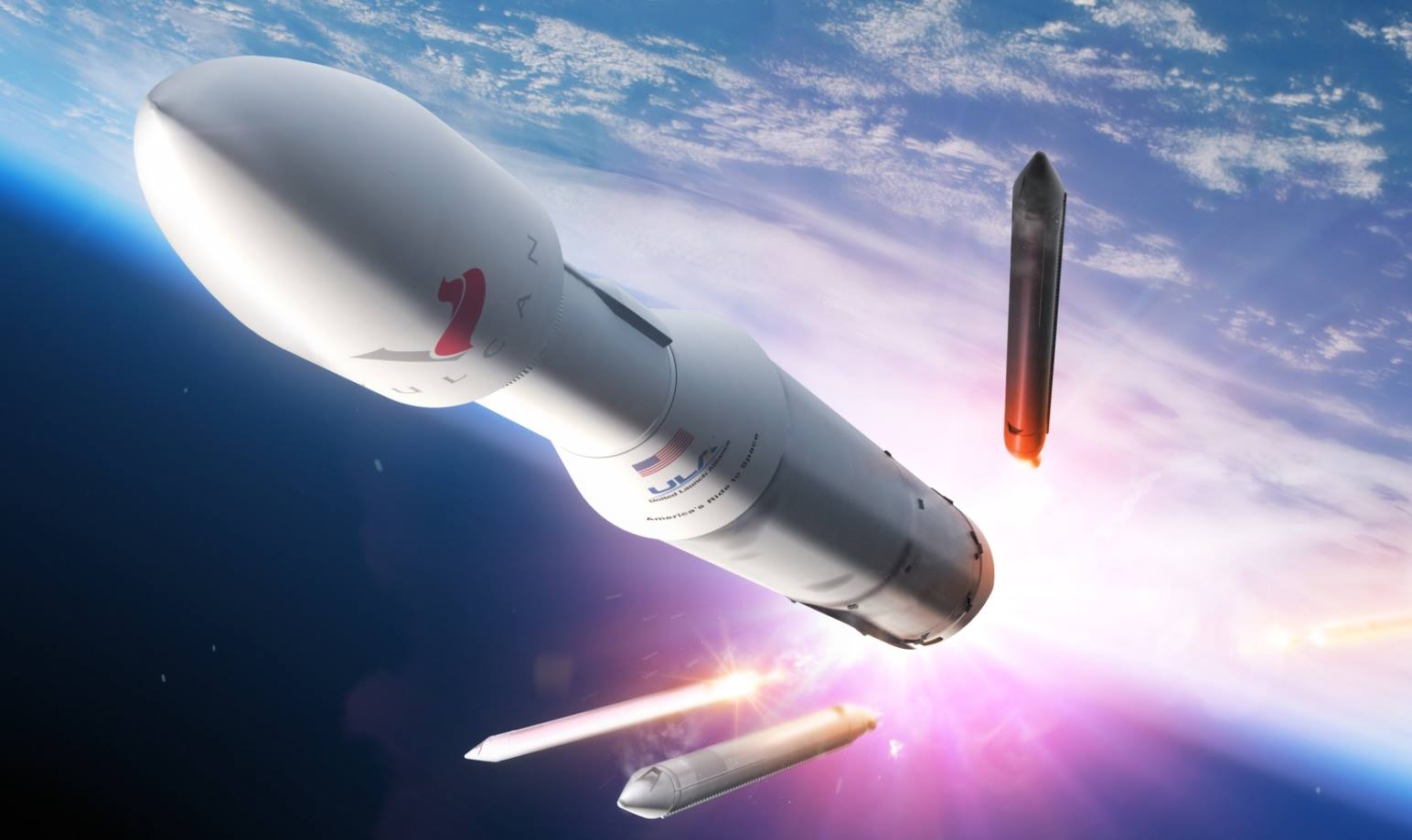
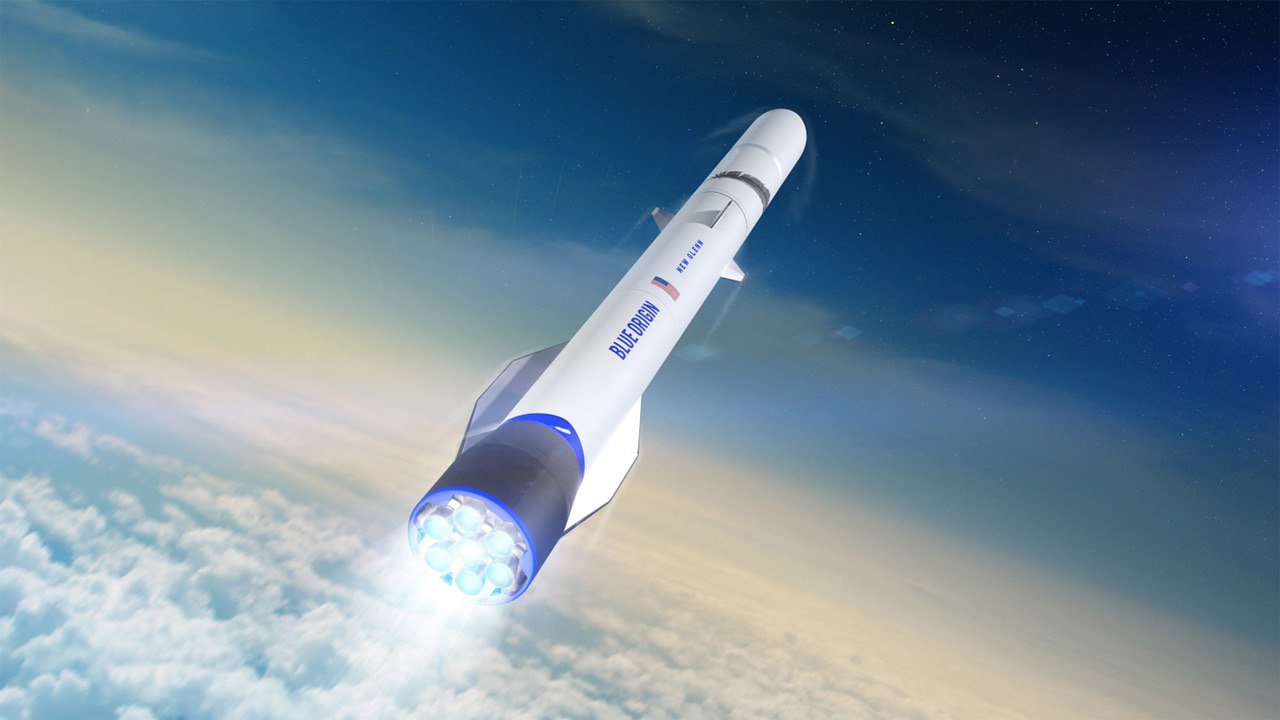
Amazon has not announced the launch dates, nor has it how many satellites will be sent into orbit during each mission.
We know that both the Vulcan and Ariane 6 will be inaugurated in late 2022, while there is no date yet for the New Glenn’s debut.
Project Kuiper vs Starlink and the risks of the satellite invasion
Today SpaceXwith his service starlink, can count on an advantage that is at least seemingly insurmountable. Elon Musk’s company has already been sent into orbit 2,335 satellites and has over 100,000 subscribers worldwide – but there is already a long waiting list with many other potential customers.
SpaceX’s ultimate goal is to install 42,000 satellites, a number that is of great concern to space agencies and many scientists. The fear is that by saturating the low orbit it will go extremely low at best complicated to observe the stars and worst case scenario we will see a staggering increase of space accidents The International Space Station astronauts know this all too well, who recently had to initiate an emergency maneuver to avoid a collision with an old “retired” satellite in 2007.
“The new constellations have already begun to interfere with astronomical observation instruments (including those used for radio astronomy),” a statement from the Royal Astronomical Society reads. “The satellites are designed to cover the entire world, so unlike what happens with light pollution or radio interference from terrestrial sources, it is impossible to escape their impact simply by moving the observation instruments to remote areas”
Source: Lega Nerd


